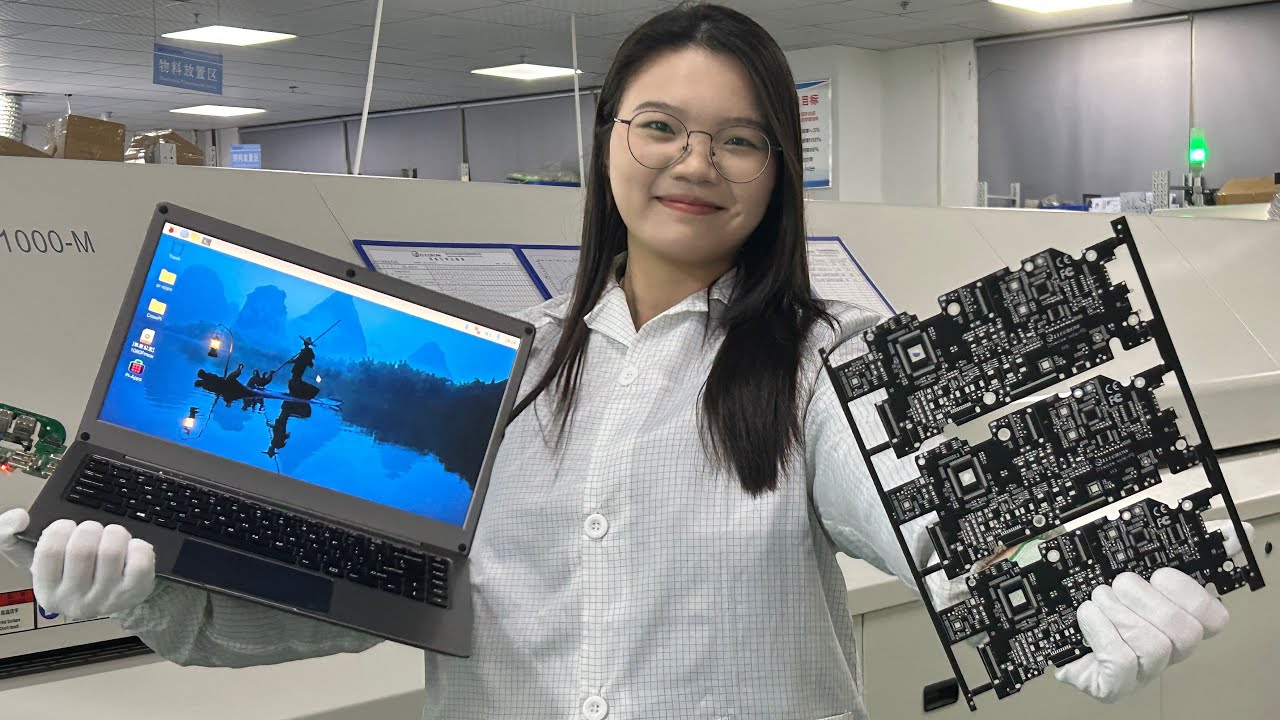Testing in Environmental chamber
I highly recommend these tests. If there are any weak points in your design, these tests will find them. No errors yesterday.
I use the chamber to run boards in different temperatures (usually -40°C to +85°C). Most common errors are caused by failing crystals (crystal doesn’t start oscillating and the board doesn’t boot up in low temperatures) , failing memories (if there is a problem in your design, memory may start failing at certain temperature) or board is crashing in too high temperatures (some components go too hot and fail).
I use the chamber to run boards in different temperatures (usually -40°C to +85°C). Most common errors are caused by failing crystals (crystal doesn’t start oscillating and the board doesn’t boot up in low temperatures) , failing memories (if there is a problem in your design, memory may start failing at certain temperature) or board is crashing in too high temperatures (some components go too hot and fail).
Tip: Always run the setup at your bench for couple of days first – just be sure there are no errors. Otherwise, you will not be sure if possible errors were caused by temperature change or your setup.
About the picture: Board is not visible (hidden in the right side of the chamber). You can see Passmark USB loopbacks going out of the hole from the chamber + SSD hard drives + ATX power supply. VGA output from board is connected to the monitor. My laptop on the right – connected to the board via Ethernet.
About the picture: Board is not visible (hidden in the right side of the chamber). You can see Passmark USB loopbacks going out of the hole from the chamber + SSD hard drives + ATX power supply. VGA output from board is connected to the monitor. My laptop on the right – connected to the board via Ethernet.





